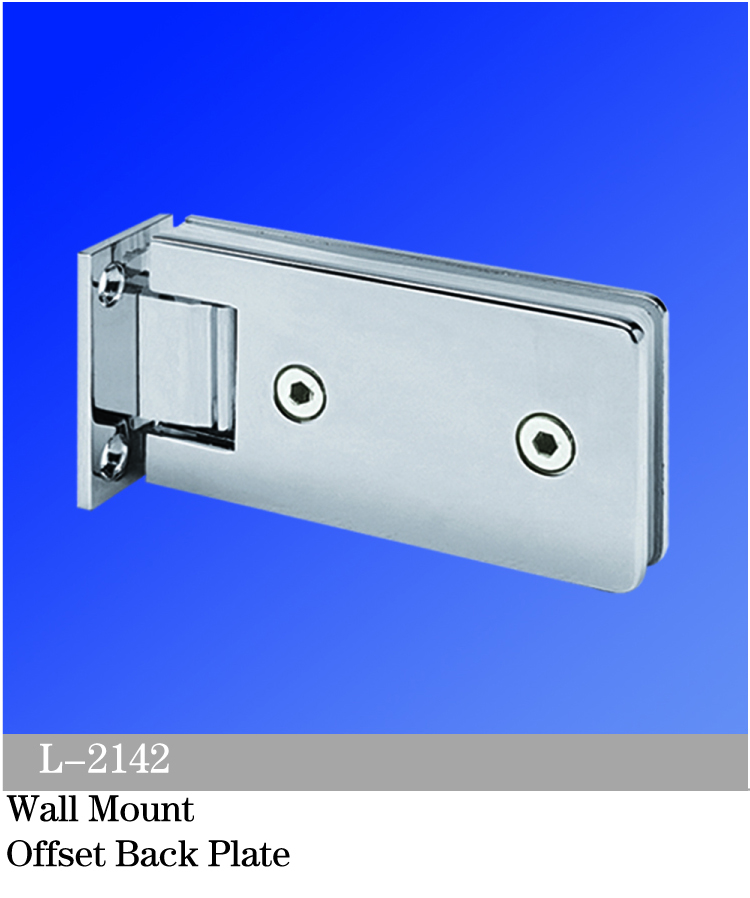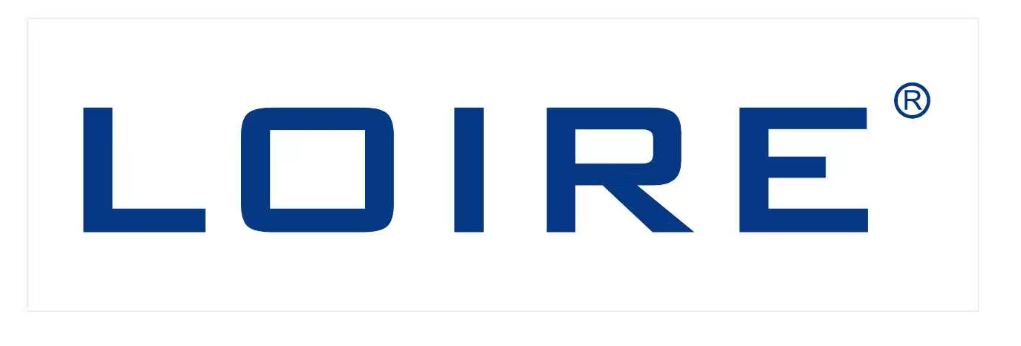What's the difference between a pivot hinge and a side-mount hinge?

A pivot hinge is secured top-to-bottom. It's this hinge type that allows a door revolving door to spin, while staying in place. Only most pivot-hinged shower doors mount top-to-bottom at the corners of the door, allowing the door to swing 180 degrees in each direction. (Pivot hinges that are center-mounted create a true revolving door.)
Pivot Hinge Pros
Pivot hinges are mostly attached at the far corners of the door, creating an uninterrupted frameless view.
Pivot hinges that mount floor-to-ceiling can reduce the cost of glass fabrication.
Pivot hinge doors carry the weight at the bottom of the door, and are thus very stabilized by a structurally sound floor.
Pivot Hinge Cons
Pivot hinges can't be sealed for extra water protection.
If your pivot shower will not run floor-to-ceiling, then a metal header is required for the pivot to attach to a top structure. Ask your Dulles Glass and Mirror project manager for alternative options.
A side-mount hinge is similar to the door hinges in your home. One side of the hinge is anchored on the side of a frameless glass door. The other side of the hinge is mounted to a wall or another glass panel.
Side-Mount Pros
Side-mount wall hinges avoid the need for a header or top support bar, which detracts from a frameless look.
Side-mount hinges can be sealed to improve water tightness.
Side-Mount Cons
Using side-mount hinges to mount a glass door to another glass panel (b/c no wall is available), may require a top header.
Using glass-to-glass side-mount hinges means a second glass panel gets precision cuts to hold its end of the hinge. This adds to the total project cost.






